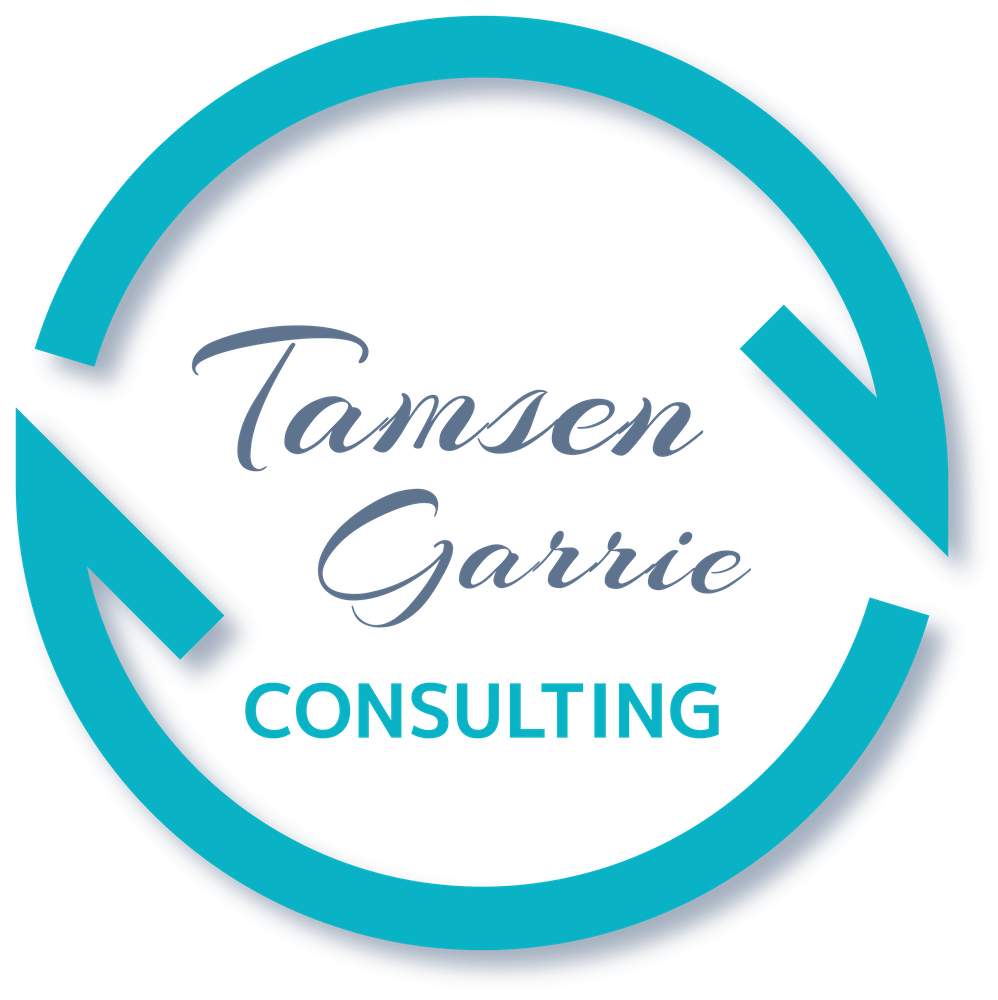Culture Operating Framework
Your Strategic Compass
When I’m asked why a Culture Operating Framework matters, I start with this:
It gives your business a strategic compass and a decision-making framework.
Because decisions aren’t made on data alone. They’re shaped by the why behind the choices. And that why is rooted in values.
Values are already driving your business
But how well?
Whether consciously or not, values are influencing every strategic move in your organisation. From leadership decisions to team behaviours, they’re already in play.
The real issue isn’t whether values are present.
It’s whether they’re:
- Shared across your leadership team
- Aligned with your strategic goals
- Driving the right outcomes
When they are, everything changes:
- Decisions are made faster and with greater clarity
- Teams don’t just comply — they commit and contribute
- Customers experience a brand that walks its talk — and they trust it
From words to actions
Where many businesses fall short: values are verbalised, but not operationalised.
To truly drive behaviour and performance, values must be:
Defined as specific, observable behaviours
It’s not enough to say “we value integrity” or “we value innovation.” What does that look like in practice?
- What behaviours demonstrate that value in meetings, decision-making, or customer interactions?
- How do leaders model it?
- How is it reinforced?
Embedded into the way the business operates
It’s not enough to verbalise values. How are they visible in the operation? How are they operationalised in:
- How decisions are made
- How accountability is held
- How teams collaborate
- How success is measured
When values are embedded into systems, processes, and leadership behaviours, they stop being abstract ideals and become practical tools for alignment and execution.
Misalignment Creates Friction — Alignment Creates Flow
From entering new markets to launching new products or navigating uncertainty, shared values reduce friction and guide direction.
But when values are unclear or misaligned, you’ll see:
- Decision-making bottlenecks
- Conflicting priorities
- Erosion of trust internally and externally
Shared values
=
better, faster decisions
Fragmented values
=
contradiction and missed opportunities
The case for a Culture Operating Framework
Values are already in the room. The challenge is ensuring they’re the right ones — and that everyone is using the same compass.
That’s the case for a Culture Operating Framework: Not a nice-to-have. A must-have strategic asset that aligns people, decisions, and direction.
